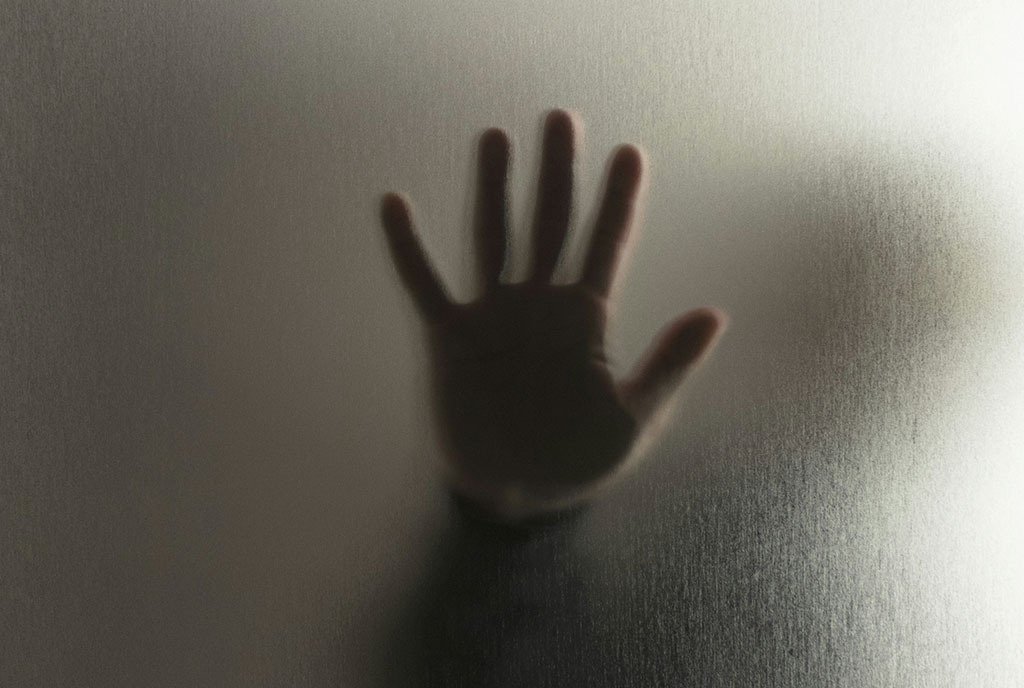
January 23, 2019; WBUR
The Massachusetts Board of Higher Education (BHE) says it is stepping in to protect students as small liberal arts colleges in the Commonwealth and elsewhere close their doors at an alarming rate.
The BHE is the governing body of the Massachusetts Department of Higher Education; it’s responsible for the mission, oversight, and governance of Massachusetts public colleges and universities. Its duties include analyzing the “goals, needs, and requirements” of public higher education and developing performance measurement systems for those schools. It also grants financial assistance to private higher education institutions, and thereby has some sway over how they are governed as well.
The board recommends that the Department of Higher Education screen private colleges and universities once a year. Starting next school year, each December 1st they will be evaluated based on metrics developed by pro bono consultants at EY-Parthenon to ensure they have the resources to teach and support their students for the next 18 months. The evaluations will use publicly available data that officials will verify privately with the schools. If the board determines that a school does not have sufficient resources for those 18 months, the school will be required to develop a “teach-out” plan so that students, professors, and others will not be caught without options, as has happened in the past. Institutions that do not comply with the reporting requirements would become ineligible for the financial aid that comes from state coffers.
Sign up for our free newsletters
Subscribe to NPQ's newsletters to have our top stories delivered directly to your inbox.
By signing up, you agree to our privacy policy and terms of use, and to receive messages from NPQ and our partners.
The idea is to protect students from the kinds of nasty surprises they’ve gotten as Mount Ida College, Chester College, and dozens of others closed. Students have been left frantically applying to new schools, trying to figure out new financial aid, and otherwise scrambling to continue their educations. On the other hand, small colleges’ struggles to survive help maintain a diverse higher education ecosystem—and, in some cases, those efforts work, creating models for others. The dangers of heaping more requirements with reputational consequences on such small systems are obvious, especially in light of the recent federal retreat from holding for-profit institutions accountable for what is often outright fraud against both students and the taxpayer. In light of all of that, this proposal could be seen as taking a hammer to a situation that might do better with an exploration of additional supports.
Small, private liberal arts schools, hundreds of which have historically dotted New England, are declining, as Harvard professor Clayton Christensen once predicted. The small class sizes and hands-on mentoring that are the selling point of many small colleges are expensive strategies to maintain, and revenue pools are shrinking not just in Massachusetts, but all over New England and at religious and other private schools across the country. The credit rating agency Moody’s found last year that one in five small private colleges in the US is under “fundamental stress.” A study by the Boston Globe of 75 New England colleges found that over 80 percent rely on tuition for 70 percent or more of their revenue, but for over 60 percent of schools surveyed, the percent of expenses covered by tuition revenue had dropped since 2016.
“It’s not that the expenses are going up; it’s really that the revenue is going down,” said Susan Stuebner, president of Colby-Sawyer College in New Hampshire. Many small schools have been trying to innovate and change to lower costs and attract more students; Christensen recommended that schools “create a second business model,” but that’s easier said than done.—Erin Rubin













